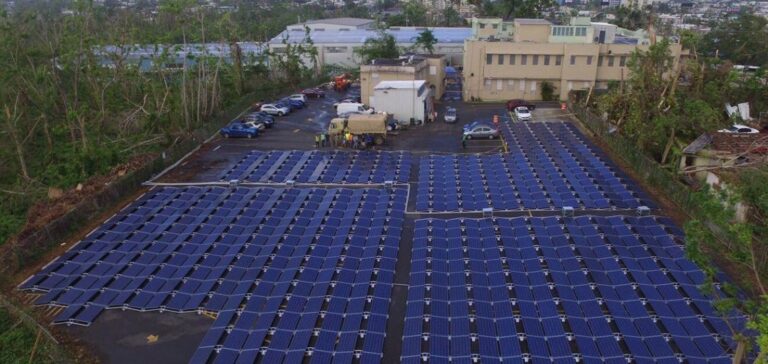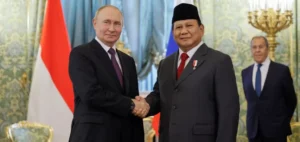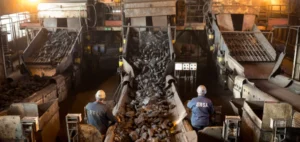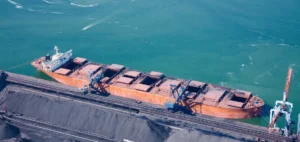Today, the DOE is investing $450 million via the PR-ERF to promote residential solar panel and storage installations in Puerto Rico. The aim is to support the most vulnerable residents.
U.S. energy investment for Puerto Rican energy resilience and transition
This financial allocation will enable consumer protection and education initiatives to support the use of solar systems by local residents. In addition, a Solar Ambassador Award will be given to community groups to identify and contact eligible households. These actions will contribute to the goal of reducing energy costs through a resilient grid powered 100% by renewable energy, in line with the aspirations of Puerto Rico and President Biden.
“A future powered by renewable energy will offer Puerto Rico’s residents greater energy security and reliability, while allowing them to pay cheaper bills,” said Jennifer M. Granholm, U.S. Secretary of Energy.
“The Department of Energy is using every means at its disposal to expand access to clean energy, especially for the most vulnerable communities, giving families peace of mind knowing that their communities are resilient in the face of the climate crisis,” said The Puerto Rico Energy Resilience Fund (PR-ERF).
US energy investment: 450 million for solar energy in Puerto Rico
Today’s announcement is designed to encourage the installation of 30,000 to 40,000 solar systems for low-income households. This concerns very low-income areas with frequent power cuts and families with energy-dependent members. Funding totals $453.8 million and is available via PR-ERF.
Potential candidates include private companies, NGOs, energy cooperatives, educational institutions, local and state governments. Funding supports education on solar systems, including training and support for consumer protection.
DOE will announce the second phase of funding for PR-ERF at a later date. Candidates must submit their applications by September 18, 2023 at 5:00 pm.
Solar financing opportunities in Puerto Rico: FOA and Solar Ambassador Awards announced by DOE
Visit the Network Deployment Office website for more information on FOA and how to apply. DOE announces Solar Ambassador Award for organizations in Puerto Rico, supporting households to install residential solar systems.
The DOE will grant $3.5 million to 20 community organizations to raise awareness of residential solar installations among vulnerable households.
Solar Ambassadors will receive $15,000 in initial funding and remuneration on DOE-verified profits.
Organizations interested in becoming Solar Ambassadors must submit their applications by 5:00 pm on September 25, 2023. DOE and the National Renewable Energy Laboratory will host a bilingual public information webinar on the Solar Ambassador Award. The event will take place on August 17, 2023 at 11:00 a.m. Registration is required.






















